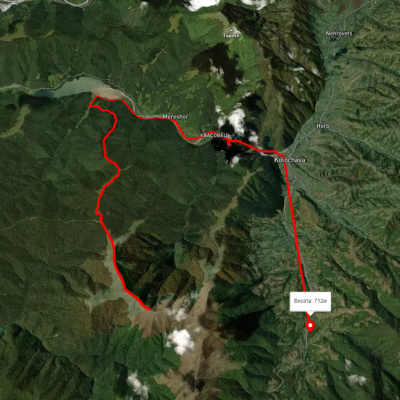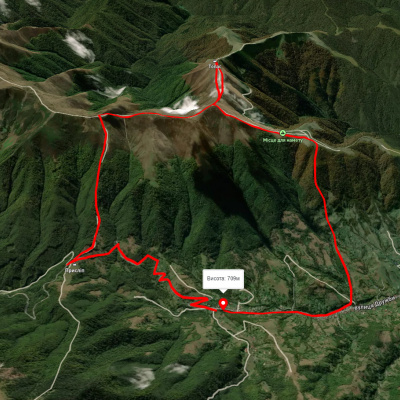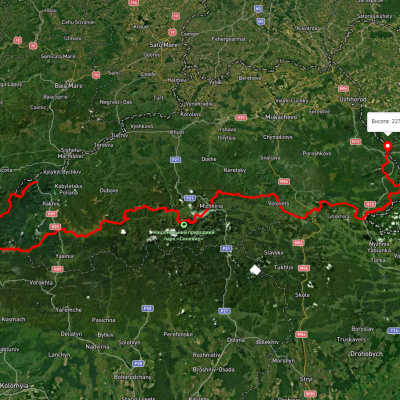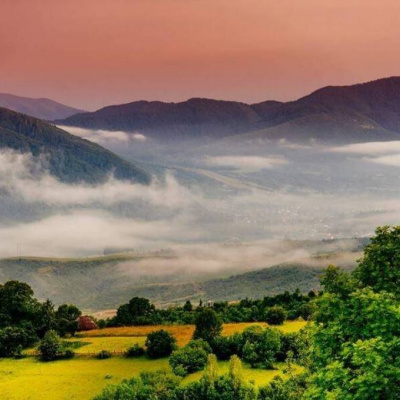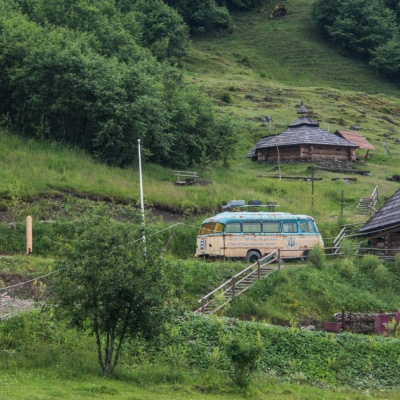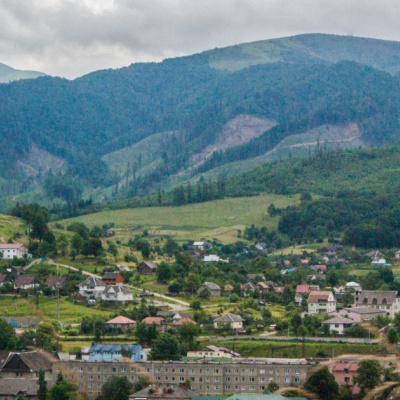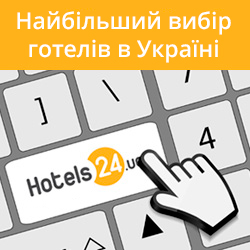Kolochava
The Ukrainian village of Kolochava is located in the picturesque valley of the Mizhhirya district of Zakarpattia region, not far from Lake Synevyr. The village, founded in the 15th century, has become a unique Transcarpathian corner of nature. Amazing mountain landscapes, clean air, mineral waters and hospitality of the locals have long attracted many visitors to Kolochava.
It is one of the most important environmentally friendly places in Ukraine. The peaks surrounding the village are covered with spruce and beech forests rich in diverse flora and fauna.
Many tourist routes run through Kolochava. Many of the local attractions are as unique as the village itself. The writer Ivan Olbracht, who was fascinated by Kolochava, described it in his works "Mykola Shuhai the Robber," "Mary the Infidel" and "Goleta in the Valley."
There are also ancient monuments here. The Kolochava nucleus testifies to the presence of prehistoric man on the territory of Kolochava. Another archaeological treasure is a stone loshchilo, which proves that Dacian settlements of the Roman period lived on the territory of Kolochava. You should definitely visit the 18th-century wooden church - Svyatodukhivska church. And fishing enthusiasts will definitely enjoy the trout ponds. On this farm you can try to catch trout yourself.
The extraordinary culture of colorful Kolochava is another milestone of its popularity. One of the largest deposits of mineral waters in Ukraine is located in Kolochava. The Kolochava mineral water source attracts many tourists from different parts of the country for its healing properties.
The population of Kolochava is more than 7 thousand people, and the village is 15 km long from one end to the other. The village consists of five settlements - neighborhoods: Lazy, Horb, Bradolets, Sukhar, Mereshor. Two rivers, the Tereblya and its tributary Kolochavka, flow through the village.
Lemko, Hutsul, and Boyko cultures are also closely intertwined in Kolochava. The village is multicultural and each culture is treated with respect. An example of this is the well-maintained graves of Czech gendarmes, a Slovak paratrooper, and a Hungarian postman; a Romanian burial site, and a well-kept Jewish cemetery. A memorial cross was erected at the place where MGB lieutenant V. Prokopenko was killed. In the center of the village, there is an obelisk "Reconciliation" that commemorates soldiers of the Hungarian and Soviet armies together.
Interestingly, according to the census of the early twentieth century, every tenth Kolochava resident was Jewish. But during the Second World War, almost all of them were exterminated. Those who survived left Kolochava forever. Here, they treat guests from different countries with respect and in my imperfect Russian or Czech, I will try to help in every way possible with advice to a traveling tourist.
Які туристичні (пішохідні) маршрути проходять через/біля Kolochava?
Пропонуємо пройти такі туристичні (пішохідні) маршрути через/біля Kolochava: г. Топас, через с. Мерешор до с. Колочава, с. Колочава – г. Топас – с. Колочава, Закарпатський туристичний шлях, с. Колочава, через г. Сиглянський, г. Климова, г. Ружа до с. Усть Чорна, На Стримбу, с. Колочава – г. Стримба – с. Колочава
